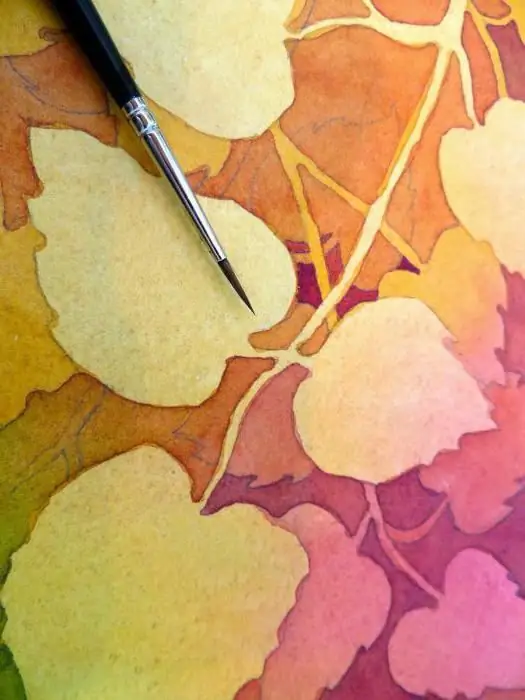2026 Author: Leah Sherlock | [email protected]. Last modified: 2025-01-24 17:46:27
If you decide to learn what glazing is, it means that you are an aspiring artist and are interested in various types of creative activities. There are several painting techniques, as well as drawing or processing decorative materials. The best option is to try all the methods of work and choose the one that suits you the most, or combine several. This will add variety to your activities and help you develop your own style.
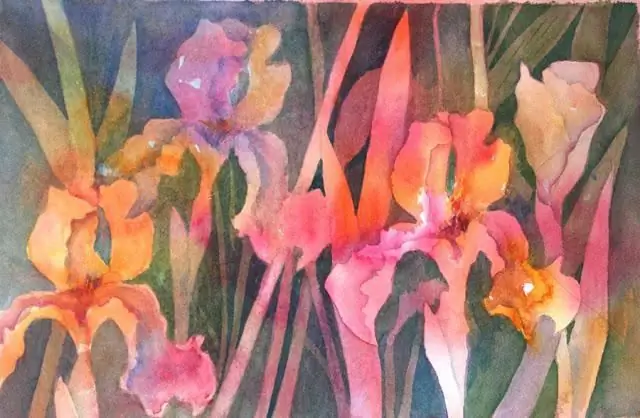
Definition
Glazing is a sequential application of transparent layers of paint with the condition that the previous one must dry. The task of this method of work is to obtain complex shades of color by optical mixing of "pure" colors superimposed one on top of the other. It is important to dry the first layer well before starting to work with the second, so that mechanical mixing of shades does not occur. Otherwise, you may end up with a dirty, ugly color, and not at all the transparency effect of the work that you expected to get. The same applies to the number of layers. They don't make too many. Depending on the materials used, no more than five are applied to one area. If aoverdo it, you can, again, get a dirty color instead of the desired transparent painterly effect of the lightness of objects.
Working principle
The main thing to remember is that glazing is the application of precisely transparent layers of paint, that is, any pigment must be highly diluted with water or other suitable composition. Colors for application are usually used spectral, that is, not mixed, but those that you already have in the paint set. For example, to obtain greenish tints, the background is first covered with yellow in one or more layers, depending on the required color intensity, and then blue is used in the same way. When the yellow and red layers are optically mixed, shades of orange are obtained. It is worth remembering that it is better to apply a lighter layer first, for example, yellow first, and blue over it.
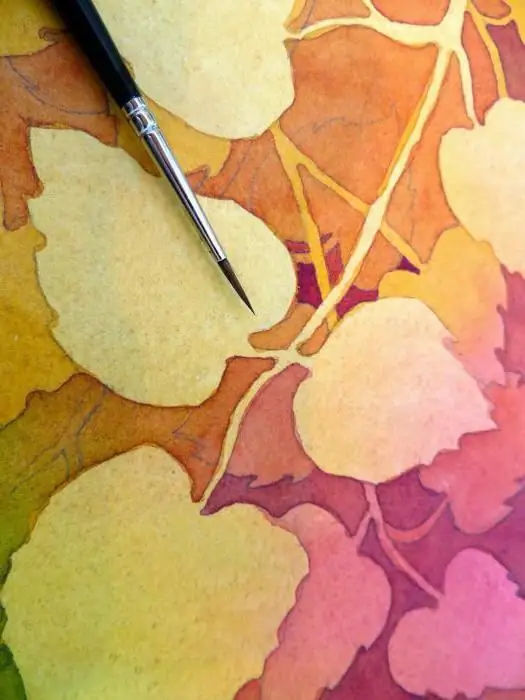
Materials for work
So, you understand what glazing is. The paints that you use for work must be diluted to a transparent state. As a rule, watercolor is used for these purposes, which is easily brought to the desired concentration with water. They also use oil paints, and even acrylics. In the latter case, it is better to use a special composition to impart transparency. When working with oil paints, use thinner or similar liquids.
As a basis for applying glazes, you can choose paper, primed canvas, fiberboard, wood and other blanks for arts and crafts.
Glazing in painting
Whencreating paintings, this technique is used as an independent or as an auxiliary. In the first case, the work is created, as a rule, using chromatic shades, that is, the entire spectrum of possible shades. The second option involves creating a monochrome image, which is also called grisaille.
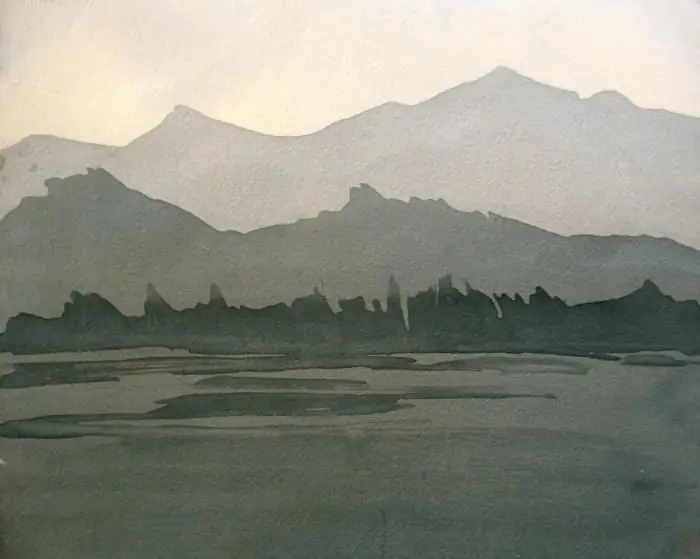
It allows you to concentrate on tonal transitions, creating the shape and volume of objects, without paying attention to color. Often the glazing technique is used to create an underpainting in oil painting (distribution of tonal transitions).
Step-by-step execution of a watercolor painting
If you decide to master the technique of creating a landscape, portrait or still life in layers, pay attention to the complexity of the plot. Choose simple options. To work from nature, make a simple composition of several objects that will not change even after several weeks of your work. Do not use flowers, fruits, or replace natural ones with artificial ones.
Another option is to copy the finished painting. It is easier if you do not take a complex plot. As a first experience, you can choose to make a copy of such a picture, which has a step-by-step explanation of work in photo or video format.
The general sequence of actions will be as follows:
1. Choose a plot and draw the contours with thin lines on a sheet of paper (preferably special watercolor). Execute the first transparent background layer. It can be either one shade or created in a raw way with a smooth transition of tones.
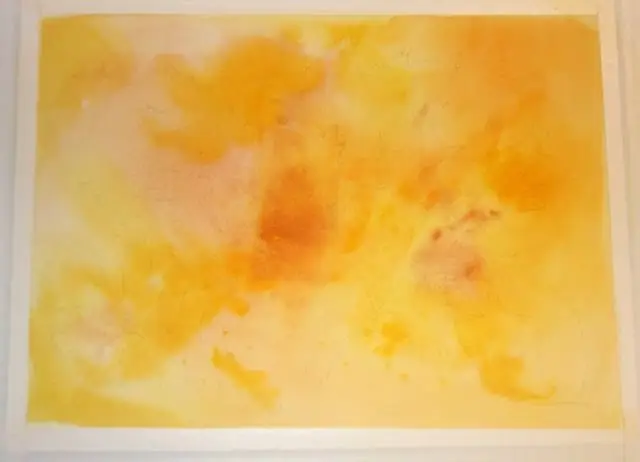
2. Dry the first layer and begin to fill in areas of the picture with other transparent layers, bypassing the necessary details along the outer or inner contour. Transitions from one color to another in one layer are best done smoothly, if these are not the borders of the form, as in the example of the following illustration.

3. Dry the created layer again and use the same technology to perform the third one.
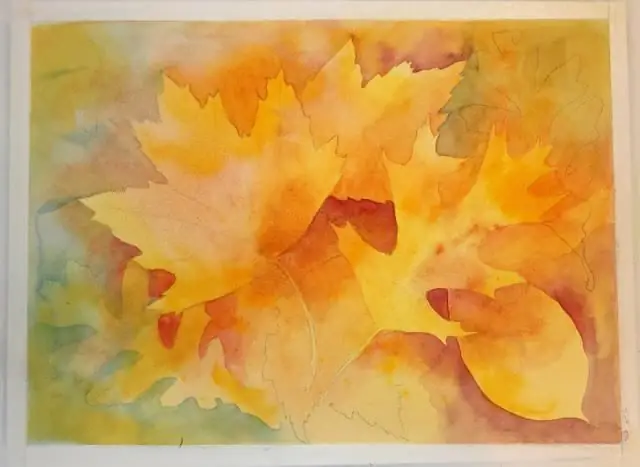
4. At the final stage, the darkest and most saturated areas are created. Don't forget they should still be transparent.
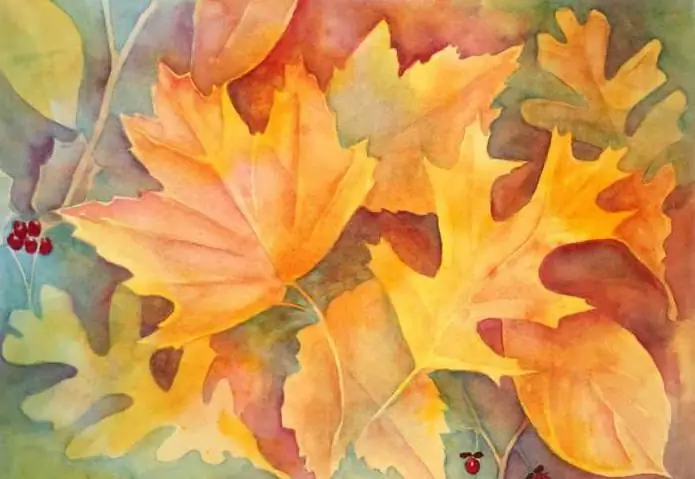
Glazing on wood
Very interesting effects can be achieved using this technique in arts and crafts. Often, wood is used as the basis for making souvenirs, as it is cheap, affordable, and the range of modern blanks is very diverse. To decorate a tree, different materials and methods are used. As for glazes, they allow you to change the shade of the original object while maintaining the texture of the material (fibers, veins, rings, if a tree cut is used). This can be widely used in your work when you just need to change the shade of an object, for example, darken or give a decorative effect of aging the surface, iridescent transitions.
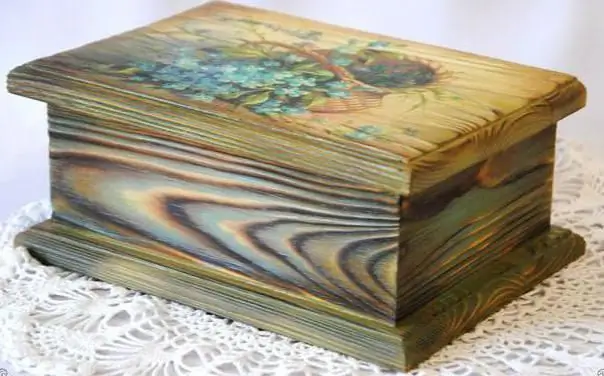
Glazing in decoupage
If you are engaged in the manufacture of souvenirs using napkin technology,the method of layering transparent paint will also come in handy. Since a tree is often used as the basis for work, everything said in the previous section can easily be applied here. Although, in addition to obtaining a new shade of the background both on wood and on other material, you can easily create unusual effects for the pasted images themselves, either by pre-tinting the background, or with a napkin already pasted. Glazing allows you to get a lot of effects. A master class on writing a watercolor painting is only a small part of the possibilities of the technique. In decoupage, you can create the effect of aging things, give the workpiece the texture of marble, precious stones and other materials. Glazing also makes it easy to change even the mood of the image used, to make it more subdued if necessary.
So, you have learned what glazing is. This is a very interesting and useful technique. It can be used both for creating picturesque watercolor paintings on paper, and for arts and crafts in order to obtain unusual effects.
Recommended:
Khokhloma painting: history of appearance, stages of development, colors and application technique

The "golden" patterns on wooden utensils known to every Russian invariably attract attention. This is Khokhloma painting. The history of its origin and development is extremely interesting. It even has its own legend. How Khokhloma painting is applied to dishes. What masters use colors
Flageolet - what kind of musical technique is this? Definition, technique of playing the harmonic on the guitar

What is a harmonic, how to take it on the guitar, when did it appear? You can find answers to these and other questions in this article, as well as find out in what styles harmonics can and should be played. And, of course, perhaps the most important thing - you will learn how to perform them in your works
Composition technique in literature: description, application and rules
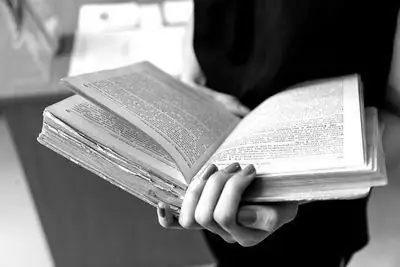
The word "composition" is first encountered at school, later it becomes a term, then a concept, gradually expanding to the key in any plan for understanding a literary work. There are various ways and forms of artistic representation of reality, and compositional technique is considered as one of the main formative units
Cloisonne enamel: master class. Cloisonne technique
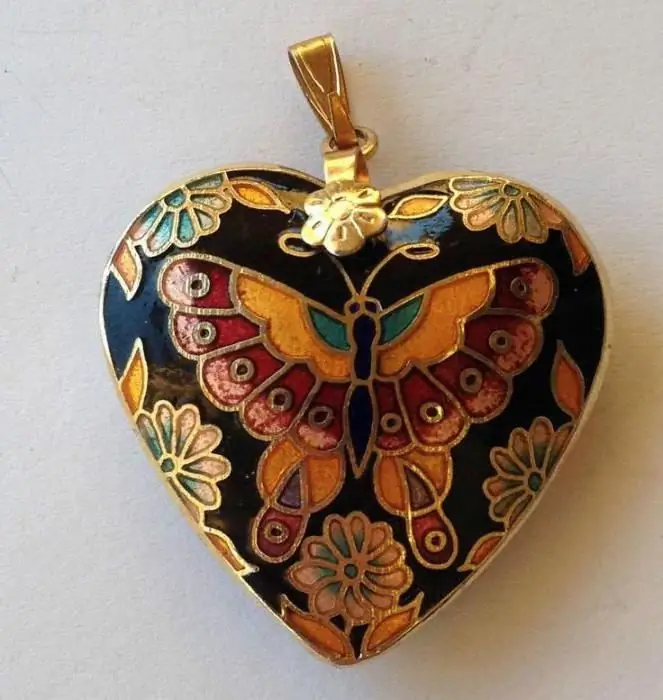
The article tells about partition enamel, which is a very interesting and popular type of enamel technique all over the world. A brief overview of its occurrence is given and the technology for manufacturing products using it is described
Why didn't the Master deserve the light? The image of the Master in the novel by Mikhail Afanasyevich Bulgakov "The Master and Margarita"
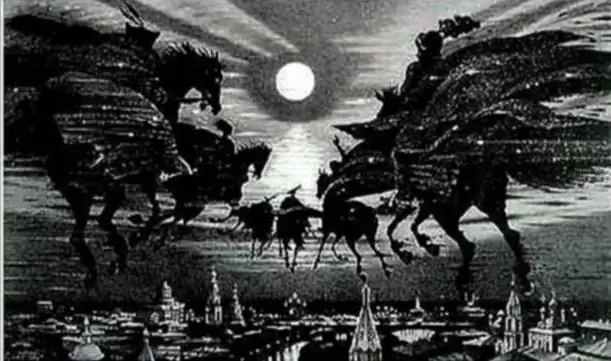
The relationship between Yeshua Ga-Notsri and Woland in M. A. Bulgakov's novel "The Master and Margarita" is a very interesting topic, which at first causes bewilderment. Let's look into these intricacies and relationships between the Kingdom of Heaven and the underworld

